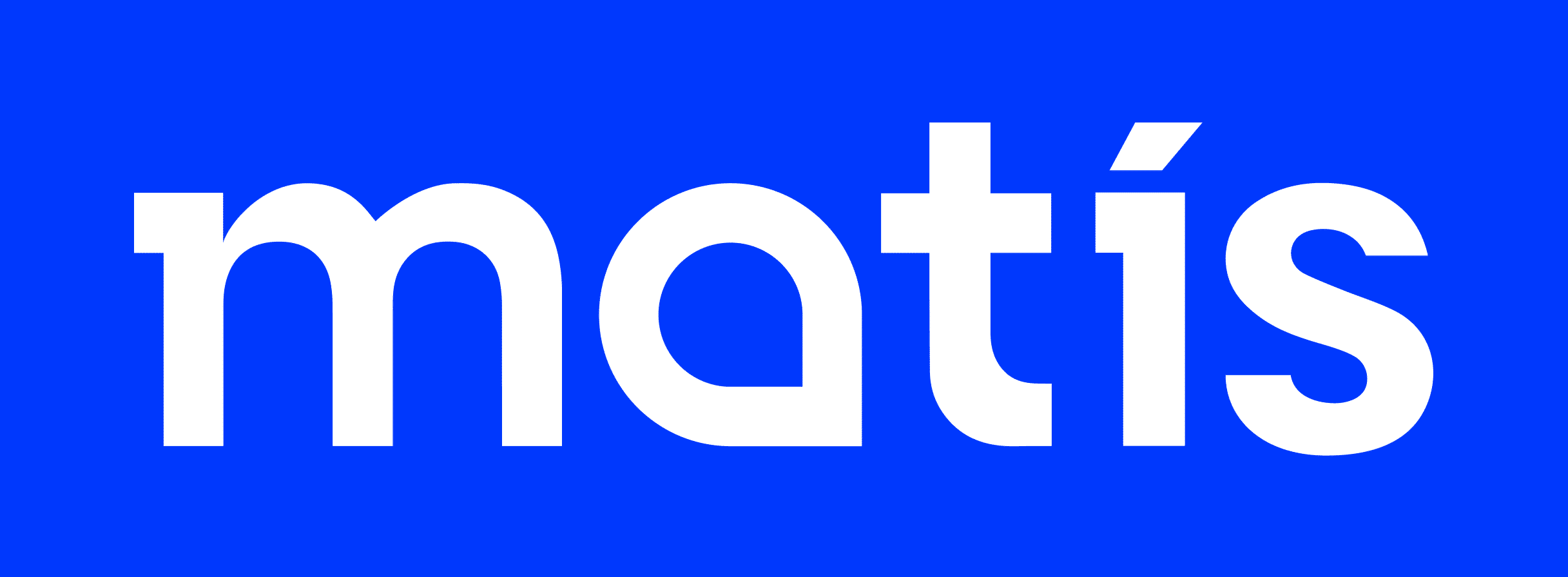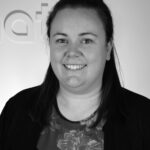This report is commissioned by Seafish and the Grimsby seafood cluster in the UK with the aim to get and overall understanding of connections and dependencies in ownership of the largest seafood companies in Iceland, and how these can potentially affect supply to the UK.
Quota consolidation has been a feature of Iceland‘s fisheries sector since 1991, when the government introduced individual transferable quotas (ITQs) across all species. This allowed some companies to buy up quotas from others, and catch them in a way which, in theory, ought to be more efficient. The concept is that overall economic return from the resource will be maximised by allowing for such optimisation. Now, almost three decades later, the economy of scale has resulted in extreme consolidation across the seafood sector, where smaller companies have merged into larger ones or been bought up by the big vertically integrated seafood companies.
The catching and processing sectors have been going through major development phase in recent years, as vessels and processing technologies have advanced and become much more efficient. This however comes with a price tag that only the larger companies can afford, which in return has escalated consolidation. As example, in 1991 the ten largest companies owned 24% of the overall quota in cod-equivalent but have now possession of 52% of the quota; and the twenty largest companies own 72%.
In order to maintain diversity in the industry and to avoid ending up with only a handful of companies possessing the entire quota, the government placed a cap (quota ceiling) on how much individual companies are allowed to own of the quota. For the main ITQ system this cap is 12% in cod-equivalent and for the coastal fleet (vessels below 15 meters) the quota ceiling is at 5%. However, at present, if a company holds a stake of less than 50% in another firm, that latter firm’s quota holdings do not count towards the quota ceiling. As results, many of the larger companies have now cross-ownership that are not very transparent. Clusters of connected companies have therefore emerged, which are dependent on each other.
In the spring of 2019, the government formed a committee that was to review and suggest on how “connected companies” should be defined with regard to the quota ceiling. The committee returned its suggestions in end of 2019. The main results were that majority ownership should still be needed to count quotas against the ceiling. Increased transparency is however suggested, obligating companies that possess more than 6% of the quota (2.5% of the coastal fleet quota) to disclose cross-ownership with the Directorate of fisheries.
This report gives a brief overview of cross-ownership and dependencies between the largest seafood companies in Iceland and concludes how these may affect supply to the UK, particularly in regard to supplies of fresh whole fish. The report also provides information on major investments that have occurred in the last few years that are likely to effect supply of fresh whole fish to UK.



